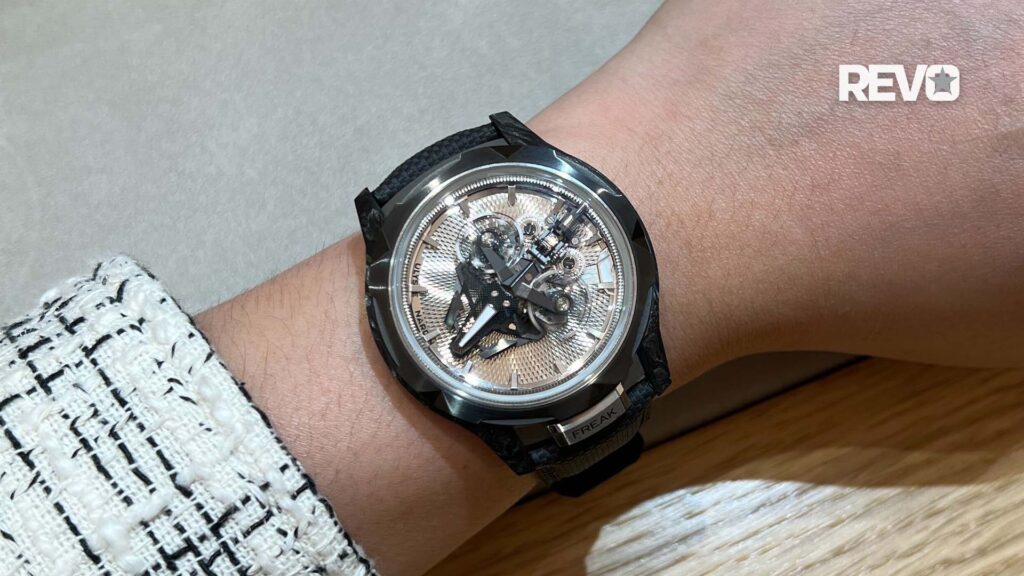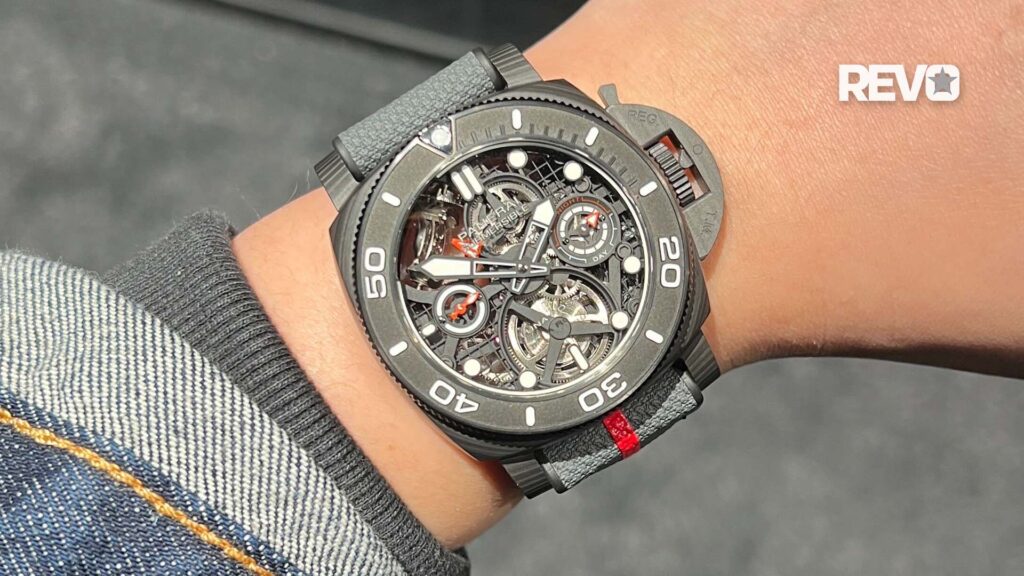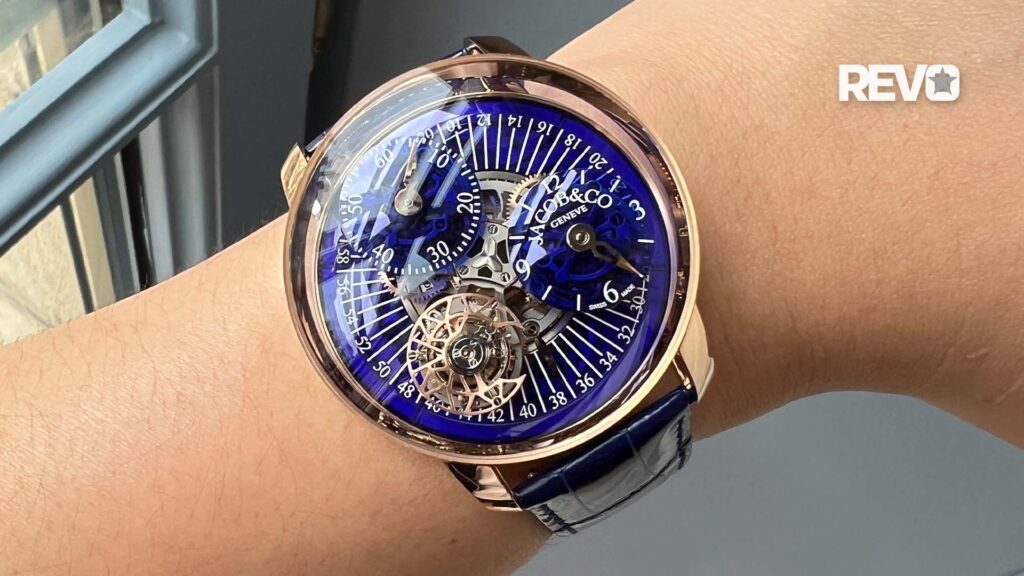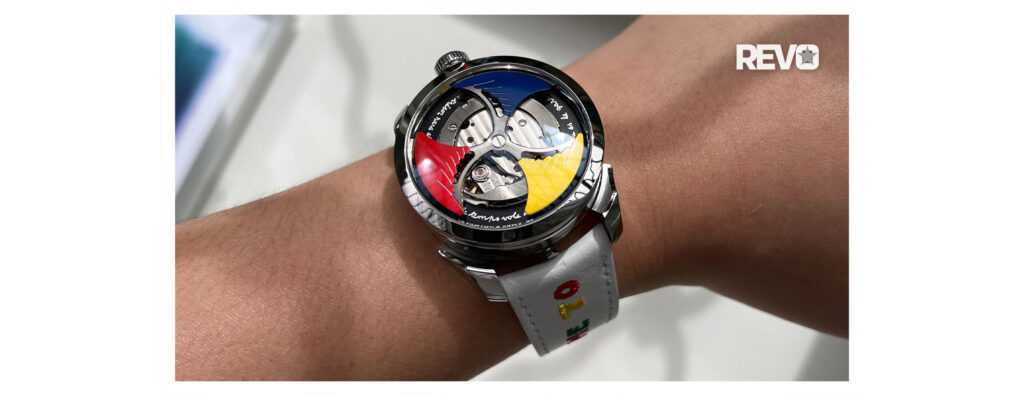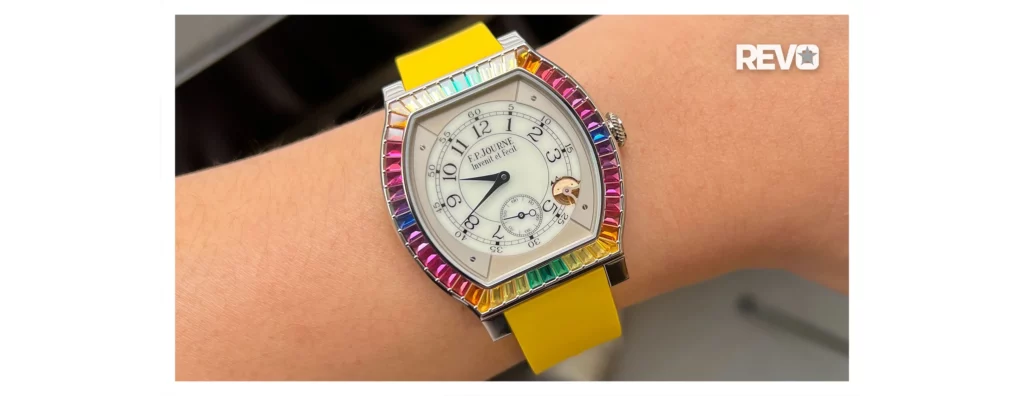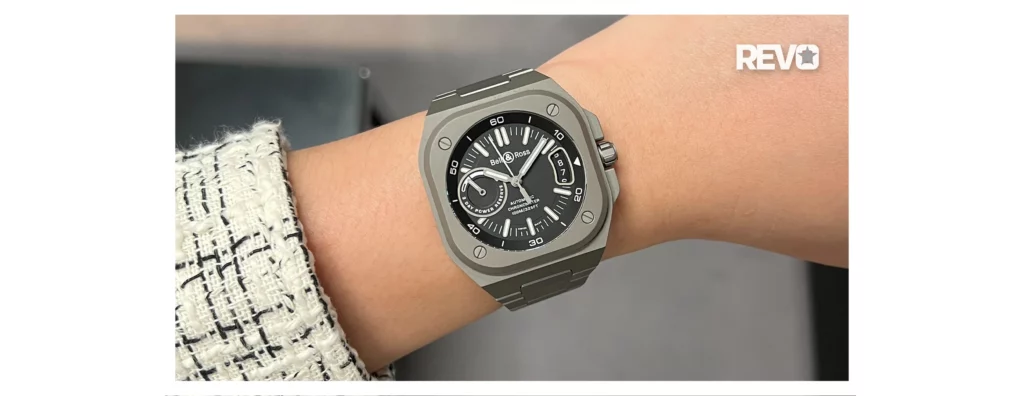Auctions
Catawiki Auction May 2022: An Eclectic Century of Watchmaking
The AMVOX 3 Tourbillon GMT, packs a lot into its 44mm ceramic and platinum case, as its name suggests. Made in a limited edition of 300 pieces, the watch features a sapphire crystal caseback that allows great views of the JLC in-house caliber 988 with its 35 jewels and 48-hour power reserve. The tourbillon sits in the lower half of the dial just above the famous Aston Martin wings logo. The red GMT hand allows for the monitoring of a second time zone and the engine can also be glimpsed through the partly openworked dial.
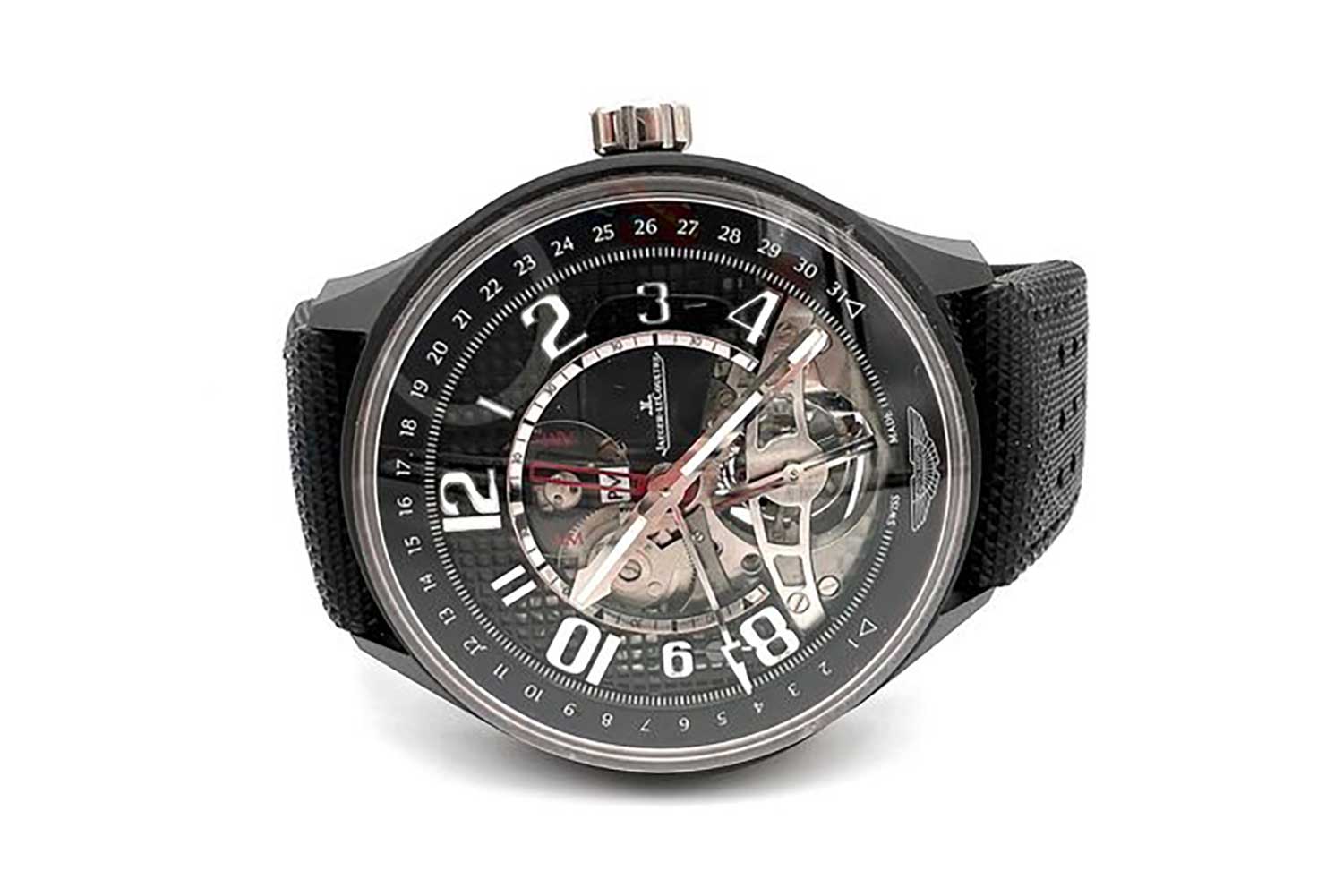
Jaeger-LeCoultre AMVOX 3 Tourbillon GMT for Aston Martin Ref. 193K76
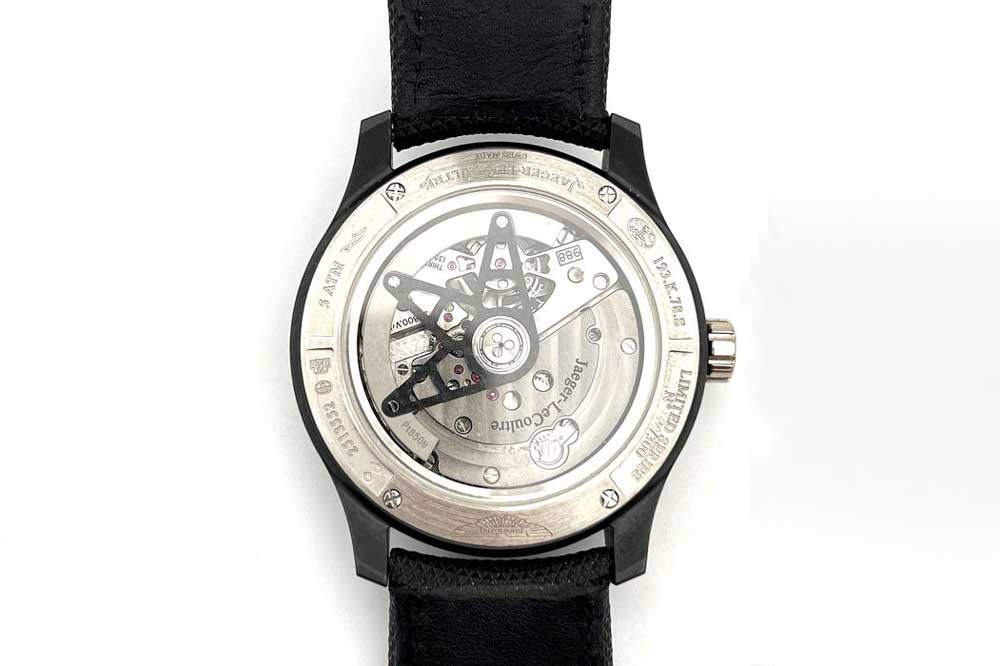
Jaeger-LeCoultre AMVOX 3 Tourbillon GMT for Aston Martin Ref. 193K76
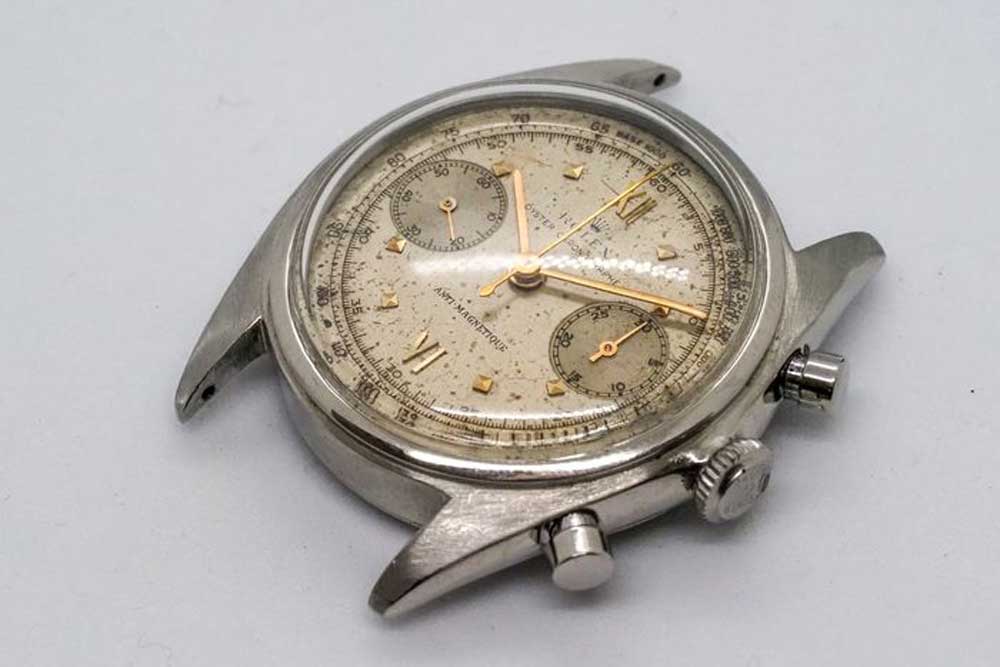
Rolex Chronograph Ref. 4500
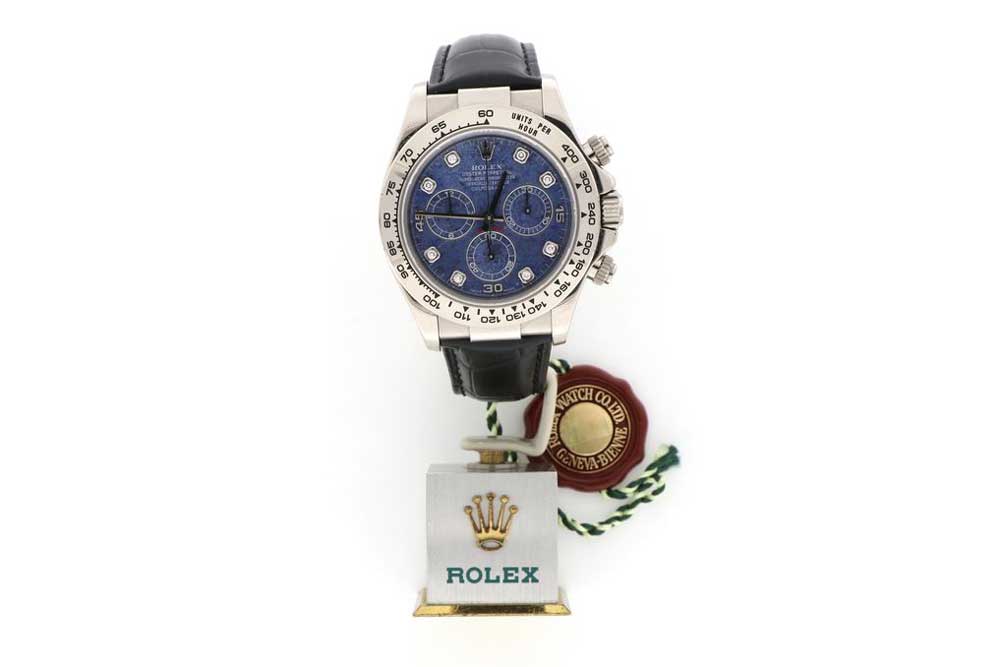
Rolex Cosmograph Daytona Sodalite Ref. 116519
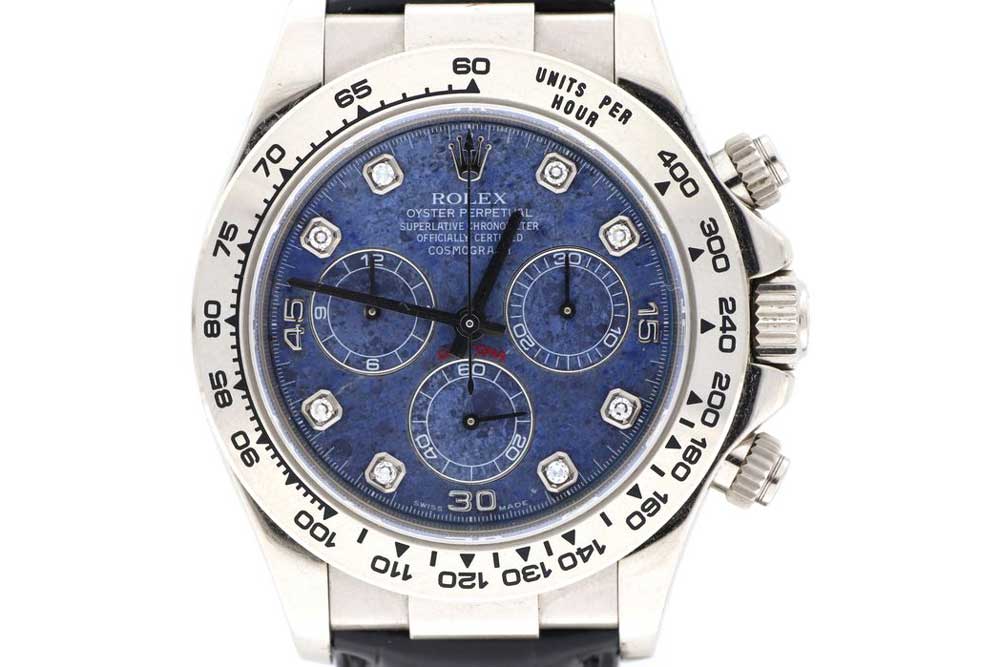
Rolex Cosmograph Daytona Sodalite Ref. 116519
The auction features such a watch made by IWC. The watch houses what is referred to as a Type A dial, with bold Arabic hour markers painted onto the dial with a triangle at 12. Due to the supersized case at 55mm, the watch has long hands. The nickname Big Pilot comes from the fact that these were big watches that also had big winding crowns that were often conical in form. This allowed the pilots to set the watches whilst wearing gloves in the freezing cockpits of their planes. The IWC ones are certainly the most collectible of the B-Uhr watches.
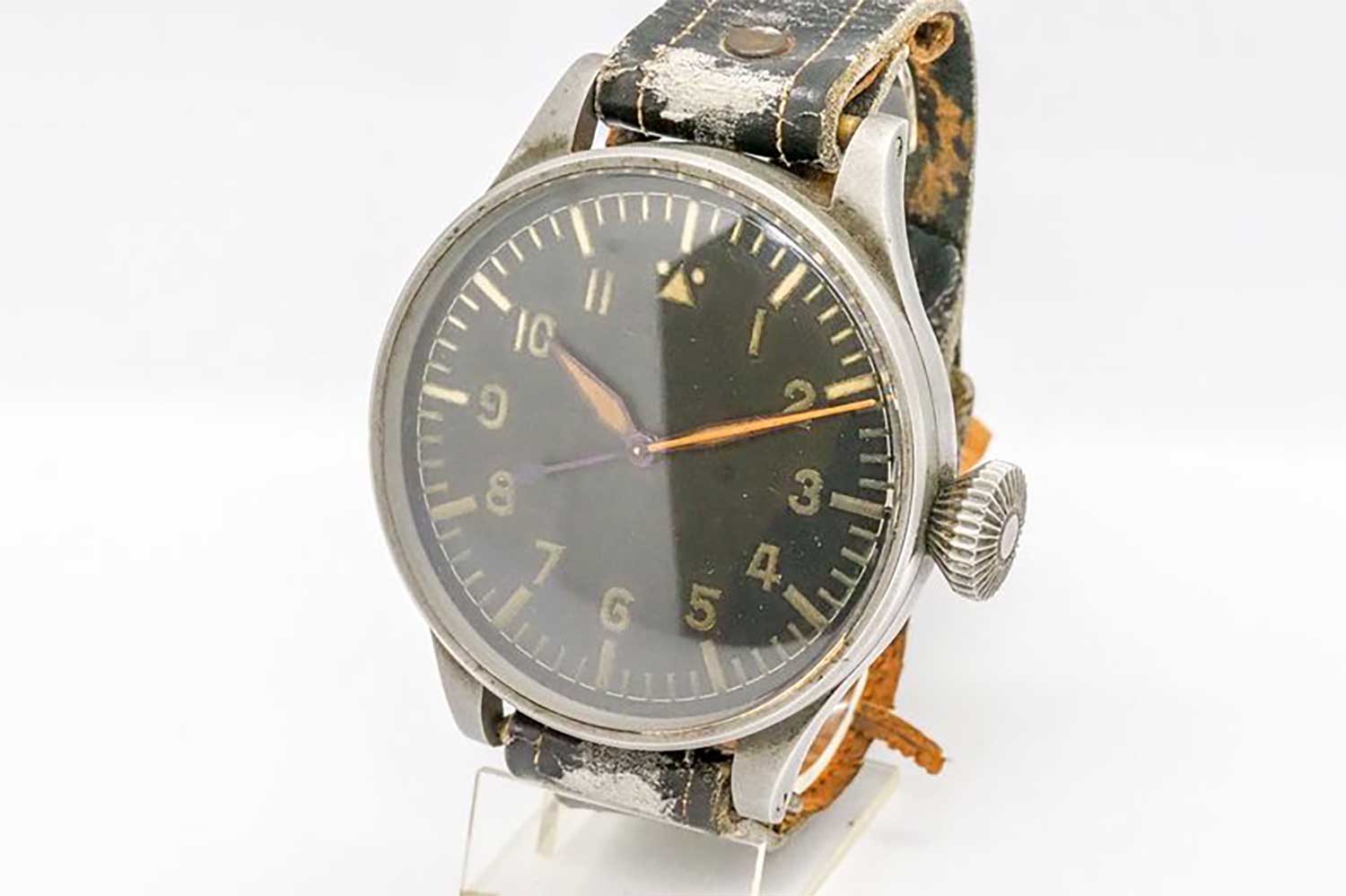
IWC Beobachtungsuhr B Uhr
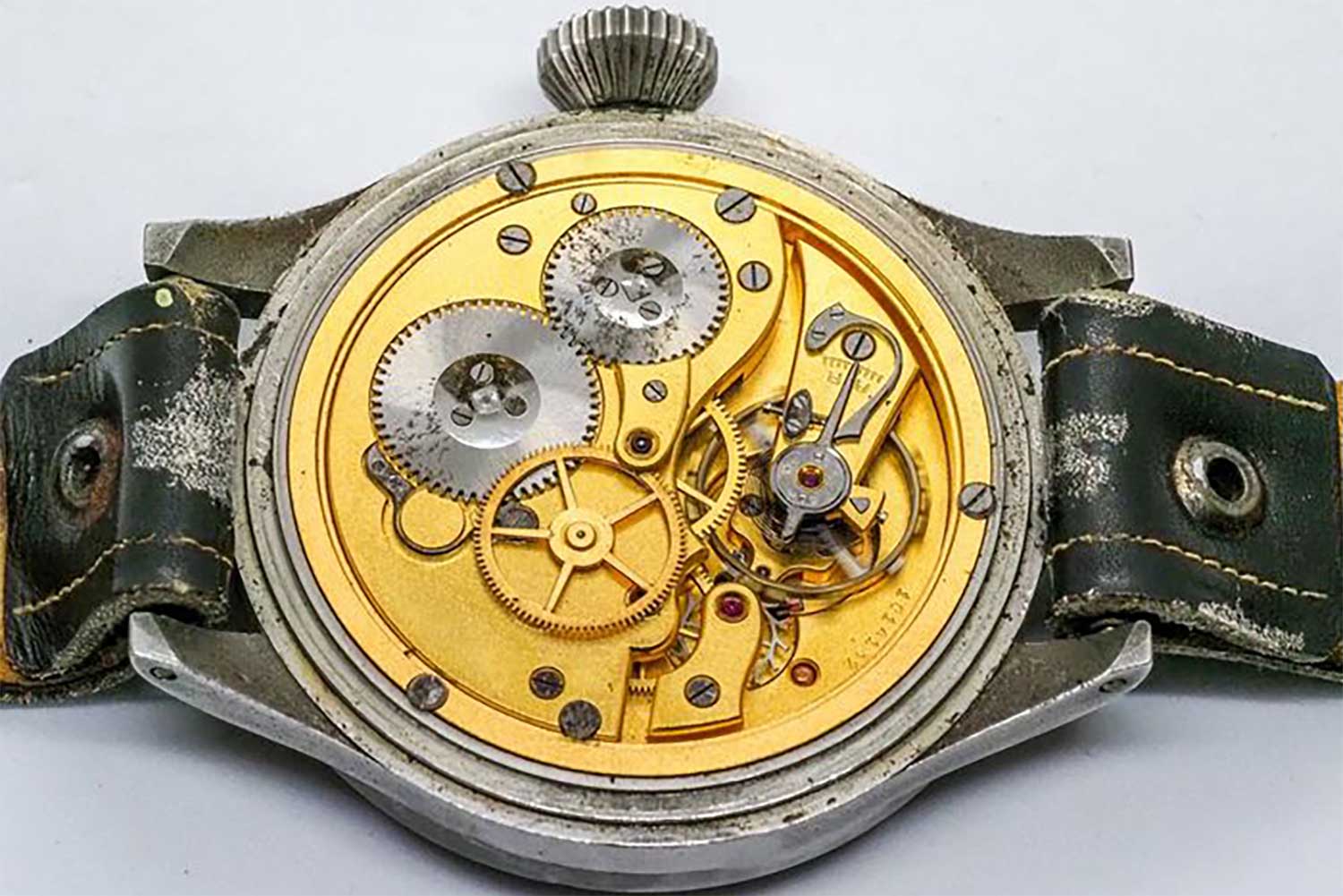
IWC Beobachtungsuhr B Uhr
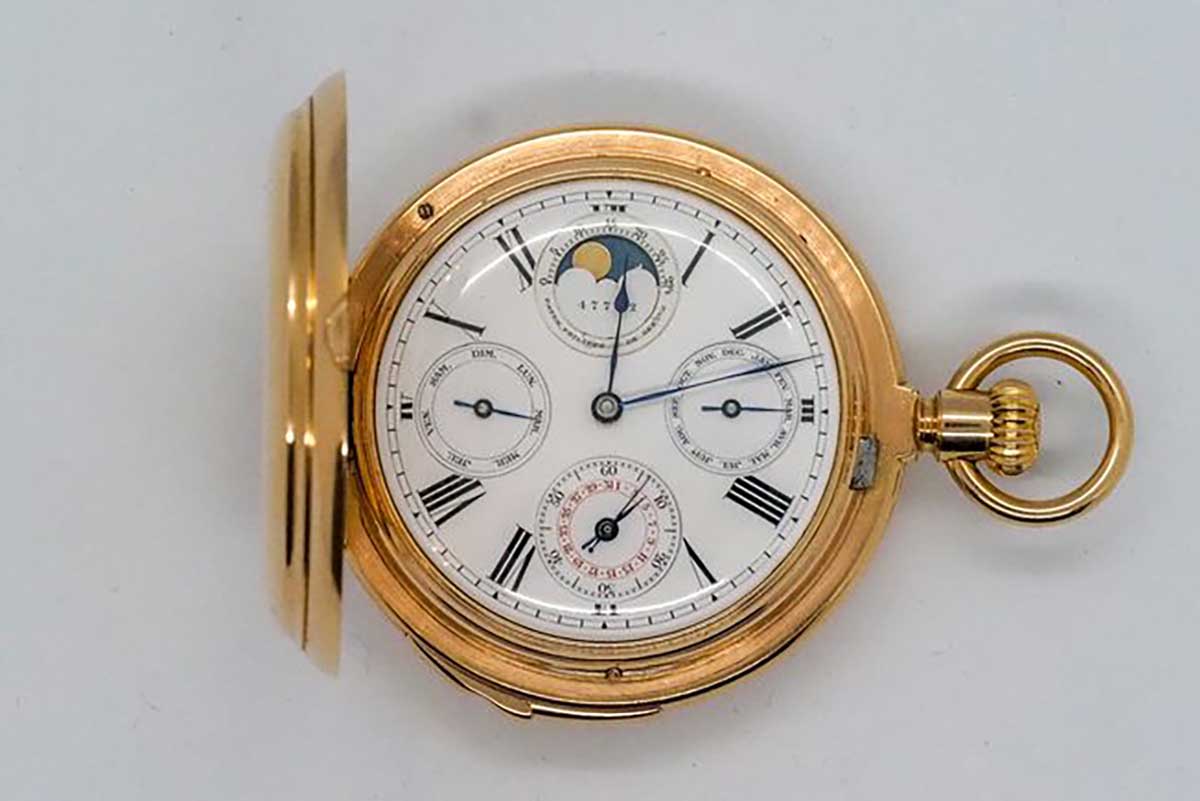
Patek Philippe Pocket watch 5 minute repeater perpetual calendar
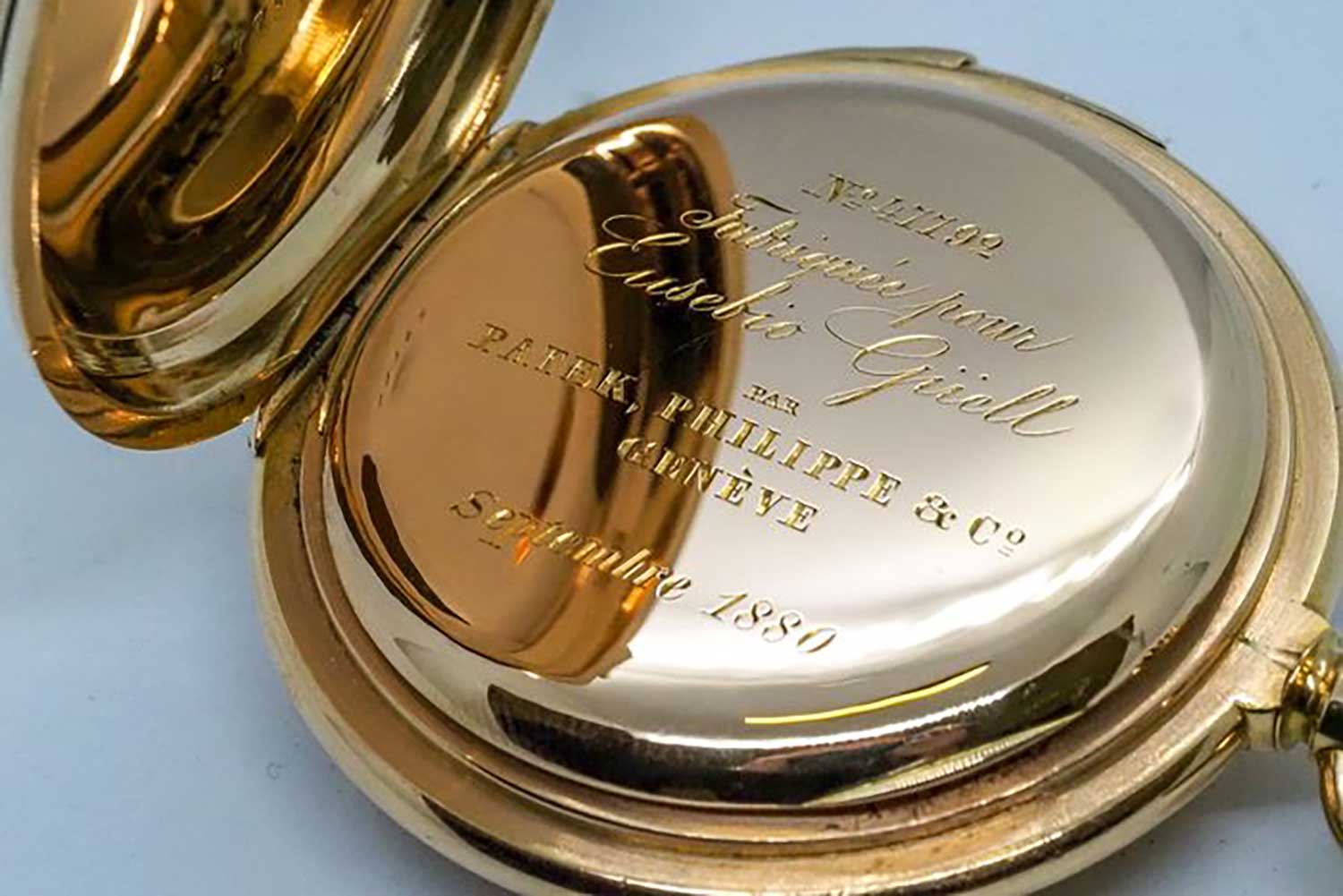
Patek Philippe Pocket watch 5 minute repeater perpetual calendar
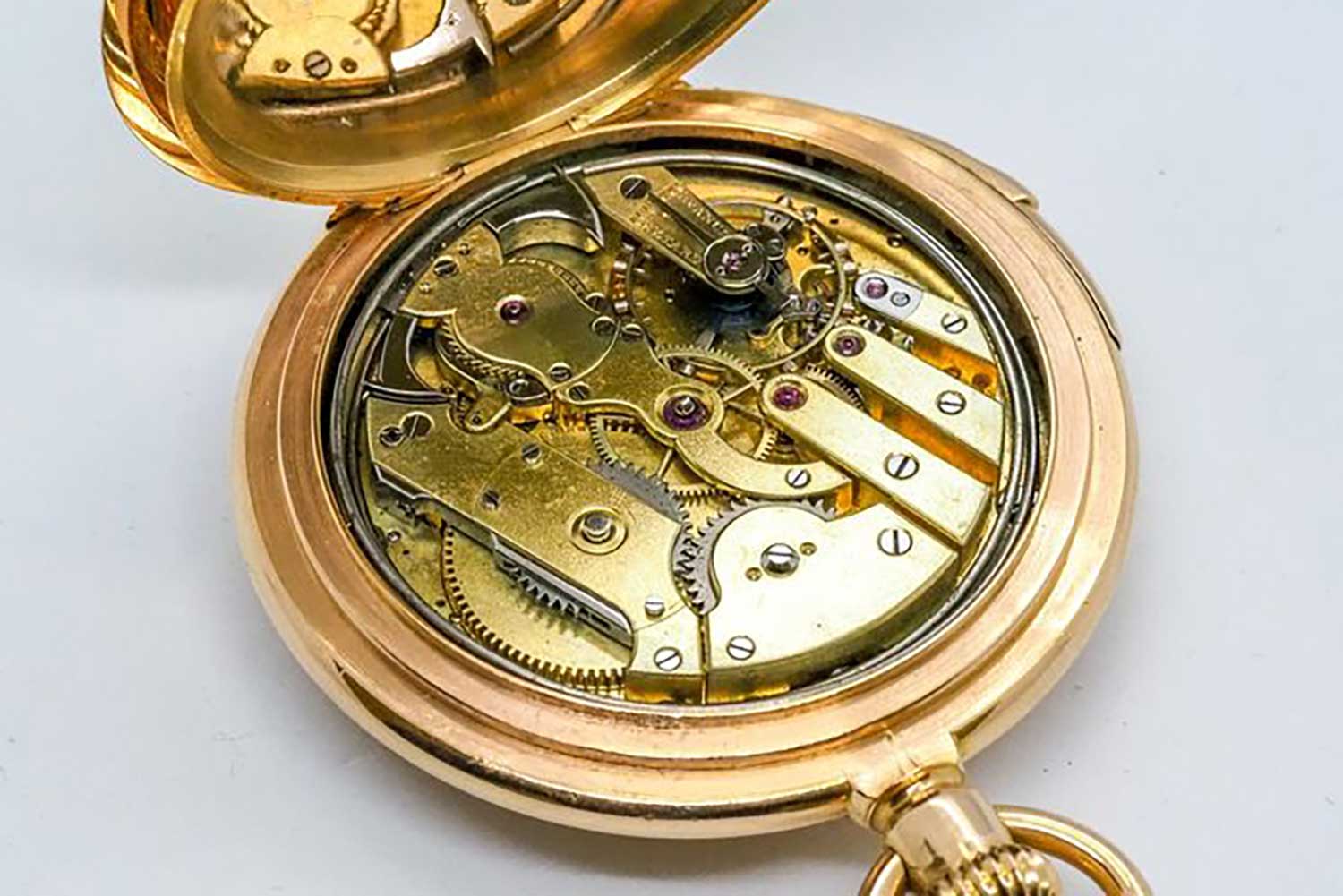
Patek Philippe Pocket watch 5 minute repeater perpetual calendar




